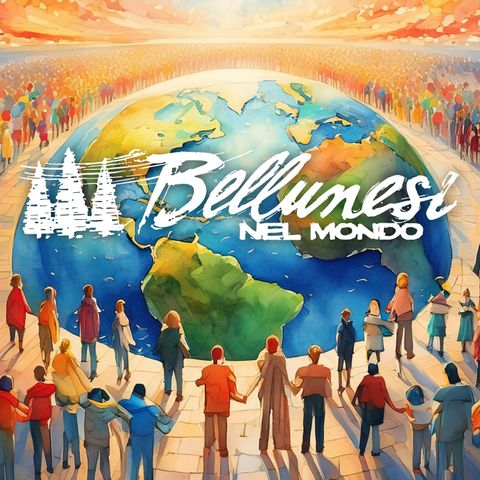Six years after the Vaia storm, the Serrai di Sottoguda was reopened at the end of July. This two-kilometer-long canyon, carved into the rocks at the foot of the Marmolada by the Pettorina stream over millennia, was nearly destroyed by the great storm of late October 2018. The stormwater carved a trench along the road, destroying all the underground utilities, including the aqueduct, sewage system, and electrical installations. Fourteen bridges were also swept away by the flood. It took six years of work, still not fully completed, and an investment of €13.2 million to restore the passage, rebuild the aqueduct, sewage system, and other utilities throughout the canyon, from Malga Ciapela to the hamlet of Sottoguda, part of Rocca Pietore, recognized as one of the most beautiful hamlets in Italy. The pathway is partly made of wood and mostly in concrete, using larch wood known for its weather resistance. The various sections of the wooden walkway (350 meters in length) are anchored to the canyon rock with ties and concrete. The number of bridges has been reduced from 14 to just six. The path is enchanting: a journey through a gorge between 5 and 20 meters wide, with vertical walls up to a hundred meters high, which in winter become a prime spot for ice climbers. Upon entering the Serrai, before reaching the information point, you cross a bridge that is not much higher than the Pettorina stream. However, the columns on both sides of the bridge hide some winches that can raise the bridge by 1.5 meters in case of flooding. The entire two-kilometer path is much higher than before when the road used to run alongside the stream. Now, the Pettorina is far below, serval meters beneath the roadbed. The exact date of the Serrai road's construction is unknown, but it is believed to coincide with the expansion of transport and postal services in the mid of the 18th century. Initially, it was a path, then a road connecting Sottoguda to Malga Ciapela and thus to the Fedaia Pass, a gateway to Trentino. Until the mid-1960s, it was the only route between Sottoguda and Malga Ciapela before the provincial road was built. The Serrai road was appreciated by the first Dolomite scholars and early English and German travelers searching for unknown and exotic landscapes. In recent decades, hundreds of thousands of tourists, many of them foreigners, enjoyed walking, cycling, or taking the small train along the two-kilometer route. Then came Vaia, the storm that devastated an entire province and struck the Rocca Pietore area with its strong fury. Now, it is time to admire again the breathtaking canyon, the towering cliffs, and the distant yet fierce stream. It's also an opportunity to appreciate the work done by seven Belluno companies that spent six years restoring this environmental gem. The Belluno companies decided to reopen the Serrai immediately, even though the work is not yet finished. For a month and a half, until mid-September, visitors entered in groups of 30, with four daily tours guided by environmental and tourism guides. The Serrai will then close again to allow the realization of the remaining work. It’s likely to reopen in the spring when it will be freely accessible. Meanwhile, the municipality of Rocca Pietore will need to organize a tender for the management of the Serrai, which will include maintenance and visitor arrangements. While visits during this period are free, access will be paid from next spring, although the details and pricing are still unknown. Once news spread that the Serrai was visitable again, the booking website was overwhelmed with requests, with up to 90 entry requests per hour. Amid such high demand, inconveniences and disruptions were inevitable. The companies perhaps did not anticipate such a rush, and the system was overwhelmed. By mid-August, all available spots (120 per day) until mid-September were fully booked. This sparked criticism and complaints, as tourists were unaware that these visits were an exceptional event, allowed during ongoing construction with potential sudden closures depending on the work. The “everything now” mentality is, unfortunately, a harmful trait of our times. This phenomenon, known as overtourism, refers to the excessive number of tourists and can be seen at Sorapiss Lake, Braies Lake in South Tyrol, and the Tre Cime di Lavaredo. Everyone wants to visit these places, often by car, prompting discussions about restricting access to many of these Dolomite treasures. The municipality of Rocca Pietore will need to find a solution to another significant issue: parking. The hamlet of Sottoguda has very few parking spaces, and more distant options and alternatives will need to be found, possibly with a shuttle system.
mostra meno


Commenti